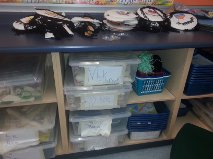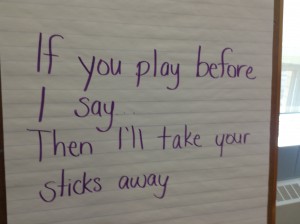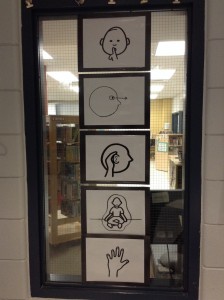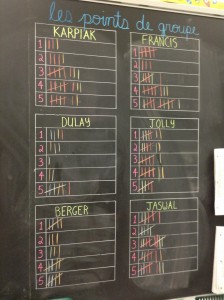All teachers are familiar with the Ontario Ministry of Education’s initiative for teaching inclusion;
“A safe, inclusive and accepting school environment is a necessary condition for student success. Students cannot be expected to reach their potential in an environment where they feel insecure and intimidated. We are committed to providing all students with the supports they need to learn, grow and achieve.
Building a positive and inclusive school climate requires a focused effort on developing healthy and respectful relationships throughout the whole school and surrounding community, among and between students and adults. “
We respect this philosophy and we would not deny our students the full application of this mandate. And yet, for all the anti-bullying lessons, resources, activities; for all the lessons and discussions on civics and character education within our schools, I cannot help but feel as if I am complicit in perpetuating a myth that grown-ups know how to behave properly – when in fact, outside of our schools, our society is anything but civil, respectful, and devoid of bullies. For examples of intolerance and disrespect, we need look no further than the relentless doses of hysteria, stereotyping and racism in our newspapers and in our laws. The media is rife with stories pitting Us against Them, creating fear about Others, and discrimination based on clothing, skin colour, or mother tongue. Meanwhile in stark contrast in our classrooms, we are reading books such as “Children like Me”, promoting diversity and trying our best to ensure that our students learn about community and how Social Justice applies to everyone in our society.
Feeling overwhelmed by the latest news stories, I have been thinking about young students who, on the way to school, or once within its confines, may be unexpected targets of the divisive environment where ignorance, scapegoating, blaming, shaming, guilt by virtue of association, and racial profiling may have trickled down. Our anti-bullying initiatives may be only a Bandaid solution to circumstances of inconceivable scope and which are completely out of our control. Children who are subjected to this intolerance have to navigate through the quagmire with little or no grasp on the realities and myths that may be associated with their lives, and as in many cases of intimidation, because it is insidious nature, teachers may have no clue what these children have to endure. As visible minorities, or as minorities suspected of an affiliation, no matter how remote, children risk being targets of ignorance and vitriol from other children or adults in the community. Sadly, we have so many brutal historical examples of just this type of situation. Therefore, it is essential that, we as teachers, remember to be aware and have empathy to help all of our students feel secure and free from intimidation so that they can learn, grow and achieve, even when we may not fully understand the greater issues that they may be dealing with – politically, religiously or culturally.
And, without a doubt, the world has always been so. Danger from bigotry and intolerance existed long before the implementation of the Safe and Accepting Schools Act in Ontario. We can only hope that the effort we put into promoting diversity and ensuring students are educated within a safe and accepting school environment will eventually make the myth of a society of respectful, civic-minded people a reality. In the meantime, it is worthwhile to make sure that our students know we are an ally they can depend on for help should they need it.











